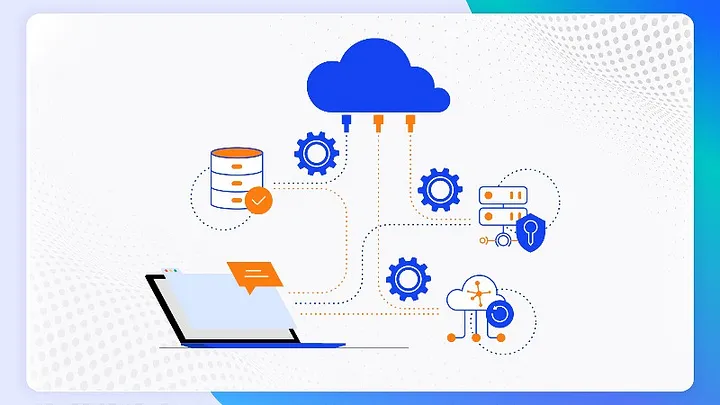Welcome to
On Feet Nation
Members
Blog Posts
Regulatory Standards Under the Vanuatu Gambling License
Posted by tusa on February 20, 2025 at 4:20pm 0 Comments 0 Likes
My Gaming License: Vanuatu Gambling License – The Gateway to the Future of Online Gaming
The Rise of Vanuatu as a Gaming Powerhouse
In the ever-evolving world of online gaming, the Vanuatu gambling license has emerged as a beacon of innovation and opportunity. Nestled in the South Pacific, this archipelago nation has become a hub for gaming operators seeking a reliable, cost-effective, and forward-thinking licensing solution. But what makes the…
ContinueThe Ultimate Guide to Professional Pool Cleaning in Delray Beach
Posted by jack on February 20, 2025 at 2:06pm 0 Comments 0 Likes
Owning a swimming in Delray Beach is just a luxury that comes with the responsibility of regular maintenance. While some homeowners may attempt to clean their pools themselves, professional pool cleaning Affordable pool cleaning services in Delray Beach offers an amount of expertise and thoroughness that ensures the pool remains in optimal condition. Professional cleaners have specialized… Continue
Top Content
All About Global Cloud Microservices Platform
In today's rapidly evolving technological landscape, businesses are constantly seeking innovative solutions to enhance their agility, scalability, and efficiency. Cloud computing has emerged as a game-changer, enabling organizations to leverage the power of distributed systems and virtualized resources.
Within the cloud ecosystem, microservices architecture has gained significant traction, offering a modular and scalable approach to application development and deployment.

This article explores the concept of a global cloud microservices platform, its benefits, challenges, and its potential to revolutionize the way businesses operate.
Understanding Microservices Architectur
Microservices architecture is an architectural style that structures an application as a collection of loosely coupled, independently deployable services. Unlike traditional monolithic applications, which consist of a single codebase and a tightly coupled architecture, microservices promote a modular approach.
Each microservice represents a specific business capability and operates independently, communicating with other services via lightweight protocols such as HTTP or messaging systems. This decentralized structure enables organizations to develop, deploy, and scale applications more efficiently, fostering rapid innovation and adaptability.
The Role of Cloud in Microservice
Cloud computing serves as an ideal infrastructure for hosting microservices. Cloud platforms offer the scalability, flexibility, and on-demand resource provisioning required to support the dynamic nature of microservices-based applications.
Organizations can leverage cloud services, such as Infrastructure as a Service (IaaS), Platform as a Service (PaaS), and Function as a Service (FaaS), to build and deploy microservices on a global scale. Cloud providers also offer managed container services, like Kubernetes, which simplify the orchestration and management of microservices deployments.
Advantages of a Global Cloud Microservices Platform
Scalability:
A global cloud microservices platform allows businesses to scale their applications horizontally. With the ability to deploy microservices independently, organizations can add or remove services based on demand, ensuring optimal resource utilization and cost-efficiency.
Fault Isolation:
Microservices architecture provides fault isolation, meaning that if one microservice fails or experiences issues, it does not impact the entire system. This allows for improved resilience and fault tolerance, ensuring high availability of services.
Faster Time-to-Market:
The modular nature of microservices enables faster development and deployment cycles. Development teams can work on individual services independently, allowing for parallel development and reducing time-to-market for new features and updates.
Improved Scalable Development:
Microservices architecture facilitates decentralized development. Different teams can work on different microservices simultaneously, leveraging their expertise and promoting agile development practices. This fosters faster iterations, efficient collaboration, and improved innovation.
Flexibility and Agility:
A global cloud microservices platform provides the flexibility to choose the most suitable programming languages, frameworks, and technologies for each microservice. This empowers organizations to adapt to changing market requirements and leverage the best tools for each specific task.
Challenges and Considerations
While the benefits of a global cloud microservices platform are enticing, there are several challenges to be mindful of:
Complexity:
Managing a distributed system composed of numerous microservices can be complex. Organizations must invest in robust monitoring, logging, and tracing mechanisms to ensure visibility into the entire ecosystem, enabling efficient debugging and issue resolution.
Service Orchestration:
Coordinating interactions and maintaining data consistency across multiple microservices can be challenging. Implementing effective service orchestration and employing technologies such as API gateways and event-driven architectures is crucial.
Testing and Deployment:
Testing and deploying microservices can be more intricate compared to monolithic applications. Organizations must adopt automated testing practices, continuous integration and deployment (CI/CD) pipelines, and embrace containerization technologies to streamline the process.
Organizational Culture and Skill Sets:
Adopting a microservices architecture requires a shift in organizational culture and skill sets. Teams need to embrace decentralized decision-making, communication, and ownership of individual microservices. Additionally, organizations must invest in upskilling their workforce and cultivating a culture of collaboration and knowledge sharing
Conclusion
A global cloud microservices platform offers organizations unparalleled opportunities to achieve agility, scalability, and innovation. By adopting a modular and decentralized approach to application development and leveraging the power of the cloud, businesses can transform their operations and accelerate their digital transformation journey.
While challenges exist, the potential benefits far outweigh them. As the technology landscape continues to evolve, the combination of microservices and cloud computing is poised to reshape the way organizations architect, deploy, and scale their applications in the future.
© 2025 Created by PH the vintage.
Powered by
![]()
You need to be a member of On Feet Nation to add comments!
Join On Feet Nation